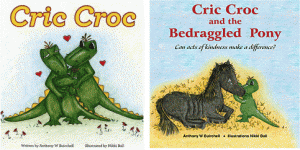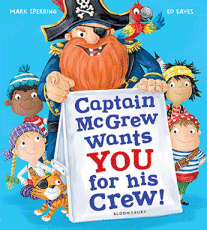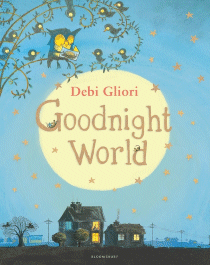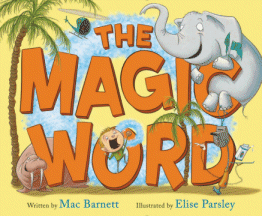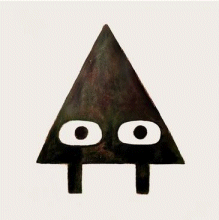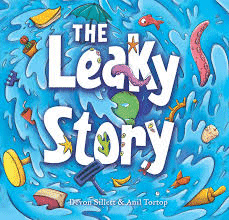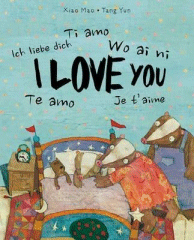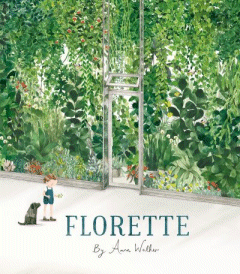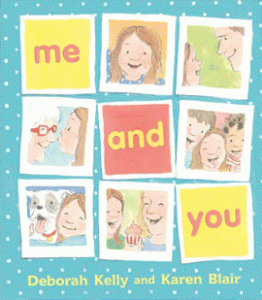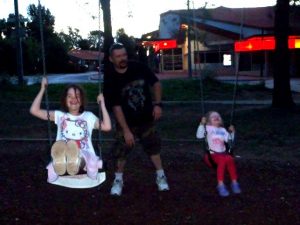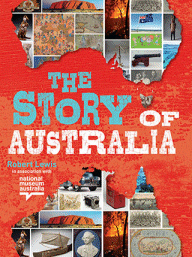Cric Croc
9781925442595
Cric Croc and the Bedraggled Pony
9780995424302
Anthony W. Buirchell
Nikki Ball
Vivid Publishing, 2016
32pp., pbk., RRP $A16.95
In the first of what is proposed to be a series that spans the Australian continent, young readers meet Cric Croc who is a baby crocodile born on the Daintree and learning to lead a healthy life with exercise, good food, plenty of sleep, lots of fun, friends and love. Intended to be a “role model for good behaviour”, the lovable Cric Croc does lots of things that preschoolers will identify with and perhaps emulate. The things he does support the health syllabus for early years and young children can discuss the things that they do that Cric Croc also does.
In the second book, Cric Croc wants to learn to ride and befriends a bedraggled, bullied pony he meets in a stable and between the two of them they triumph. Its focus is looking beyond the physical appearance to the inner person beneath and how mutual respect and teamwork can be win-win.
Written in rhyming text by retired teacher Anthony Buirchell and illustrated by Nikki Ball, this is a new team to the Australian publishing scene with plans to take Cric Croc, his friend Roo and their cameras across the country sharing the sights it has to offer, introducing children to places beyond their neighbourhood. Those in WA can have free visits to schools while those further afield have access to other support materials.
Something new that will entertain and educate and perhaps become a favourite character in young children’s lives.
